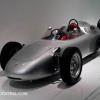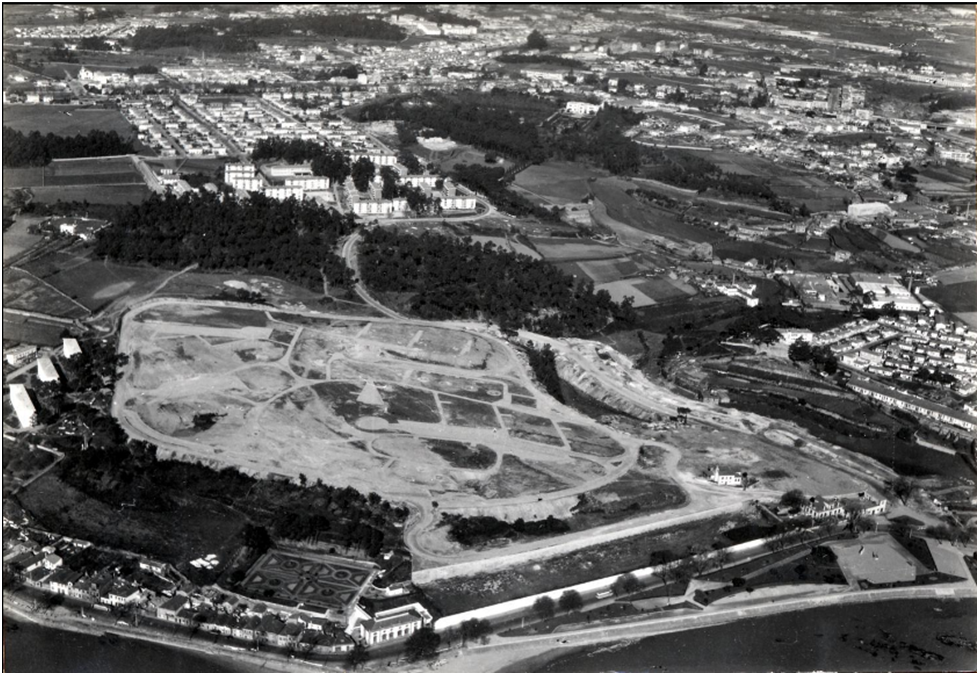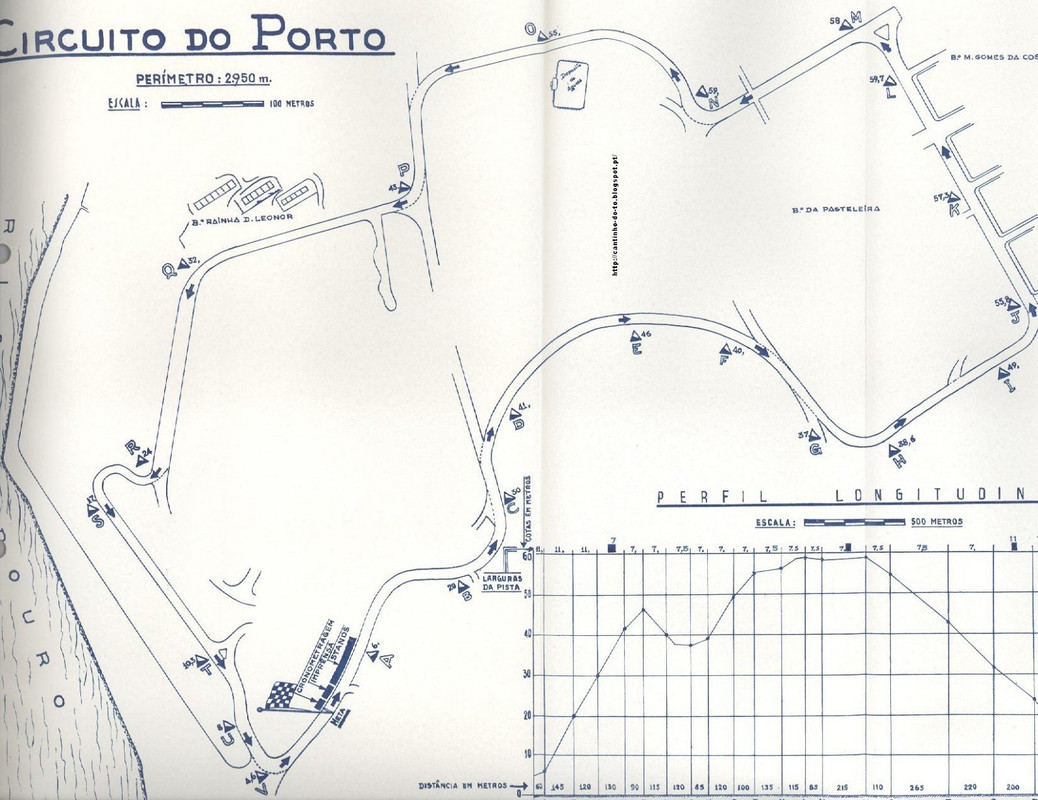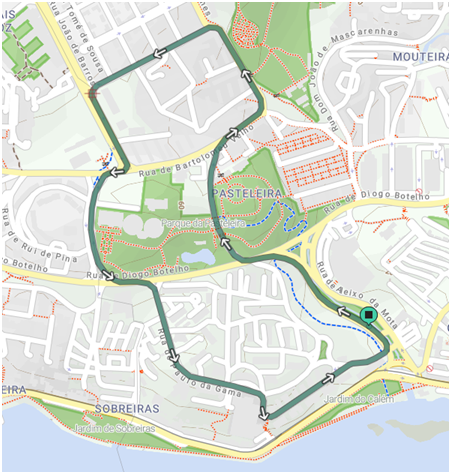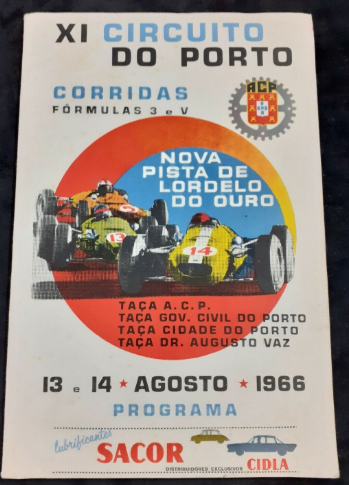I have a lot of information about the circuit, but I hope to publish it one day. However, I'll post here some of my research.
Portugal experienced a racing boom after WWII, and it was a vibrant period for our country because we had a lot of artisanal manufacturers that, using an engine from certain marques (mainly Fiat), built a chassis and a racing car around it. Most of them were competing for lower engine capacities and were innovative. So there were races at Vila do Conde and Vila Real, but Porto (Boavista) and Lisbon (Monsanto) concentrated the most prominent events. As usual, the money ran tight and to keep such prestigious entry lists as we used to, the ACP decided to alternate between Porto and Lisbon from 1956 onwards.
In 1958 Portugal received F1 for the first time in Boavista, then it was Monsanto in 1959 and Boavista again in 1960. However, the costs were extremely high and being Portugal a small and poor country plagued by a Colonial War since 1961, and without great interest for car manufacturers, F1 was shelved for good. There was international racing between 1961 and the revolution in 1974, but it was focused mainly at Vila Real or F3 races at Cascais and Vila Real. The colonial scenario in Angola and Mozambique was far better; Angola had a round of the Springbok Series tournament for Sport/Prototypes and GT's and a thrilling scenario as it was our most prosperous colony, while Mozambique even received the South African F1 championship.
Both Boavista and Monsanto were deemed too costly to maintain even for national events and had the problem of interrupting the road traffic on vital roads in both cities. Thus it was attempted to bolster races in airfields like Alverca and Montes Claros, as well as a shortened version of Monsanto called Montes Claros.
In Porto, there was no way to use part of the Boavista circuit. As Porto and Lisbon were always rivals and the north of the country had a motoring tradition equal to Lisbon, Porto city council decided to use the roads that were being opened for the buildings that would be built on a small hill over the Douro river mouth to make a circuit in 1962. I decided to use my own maps designs instead of the original ones because you may see them through Google, even if I may post some programme covers here later.
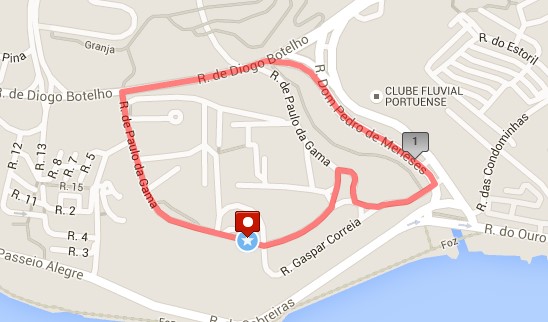
This is the 1962 circuit. Short and highly twisty, the circuit was full of blind bends and ups and downs. It was a mere provisional solution, but there was no agreement to build a circuit or, more likely, to have a new city circuit in Porto or Matosinhos, and with Cascais arriving and Vila Real returning after some major works, Porto was sidelined.
However, in 1964, the Portuguese A.C.P. Rally counted towards the European Rally Championship. This was the forerunner of the Portuguese Rally, organized for the first time in 1967. The ACP Rally was a national event, but it counted twice for the ERC, one in the late fifties and another in 1964. As most of the rallies back then, it was more of a regularity contest with some special stages, and the ACP decided to organize the final one in Porto and used the Lordelo roads. The format is different, and there is a section which was used in both ways, as you may see on the map:
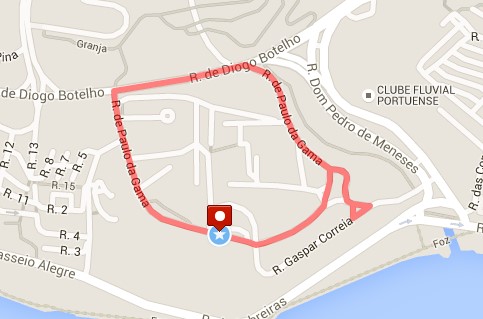
As F3 was booming at Vila Real and Cascais, Porto tried again to host an international race while discussions about a new track or a city circuit continued. They decided to use Lordelo again, but on an extended version, as the original was deemed too short. New buildings were being constructed everywhere as the country grew, and many people left the fields for the city. The location of the hill was privileged as it had a nice view of the river and the sea, and it was near a posh part of the town. They needed new streets to access the building places and line up new houses and urbanizations, and the promoters used that to create a new version of the circuit. It wasn't so twisty or slow as the inaugural one, but it could host more prominent events. Despite the rich entry list, most of the F3 stars didn't appear for diverse reasons, as Cascais and Vila Real were more prestigious.
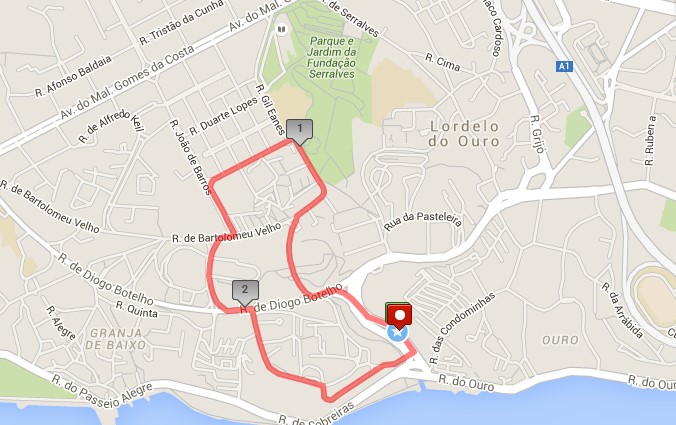
However, everybody understood it was a provisional solution, and the tarmac was so rough that some national drivers who had very good cars decided not to race because they didn't want to damage them and risk losing money. Then, with more and more work on the buildings, it was impossible to stop them for almost a week to have a race. Finally, Vila Real was now a major international venue, and Vila do Conde, quite near Porto by car and train, was an extremely popular destination and hosted spectacular national races. Porto was sidelined for good, and with the revolution and decolonization, the rich Portuguese motor racing scenario collapsed. There were other problems, far less money and two suitable circuits in the north, plus the Estoril circuit near Lisbon, so Porto had to wait until 2005 to see racing again, now on a more safe and reduced version of the Boavista circuit.





